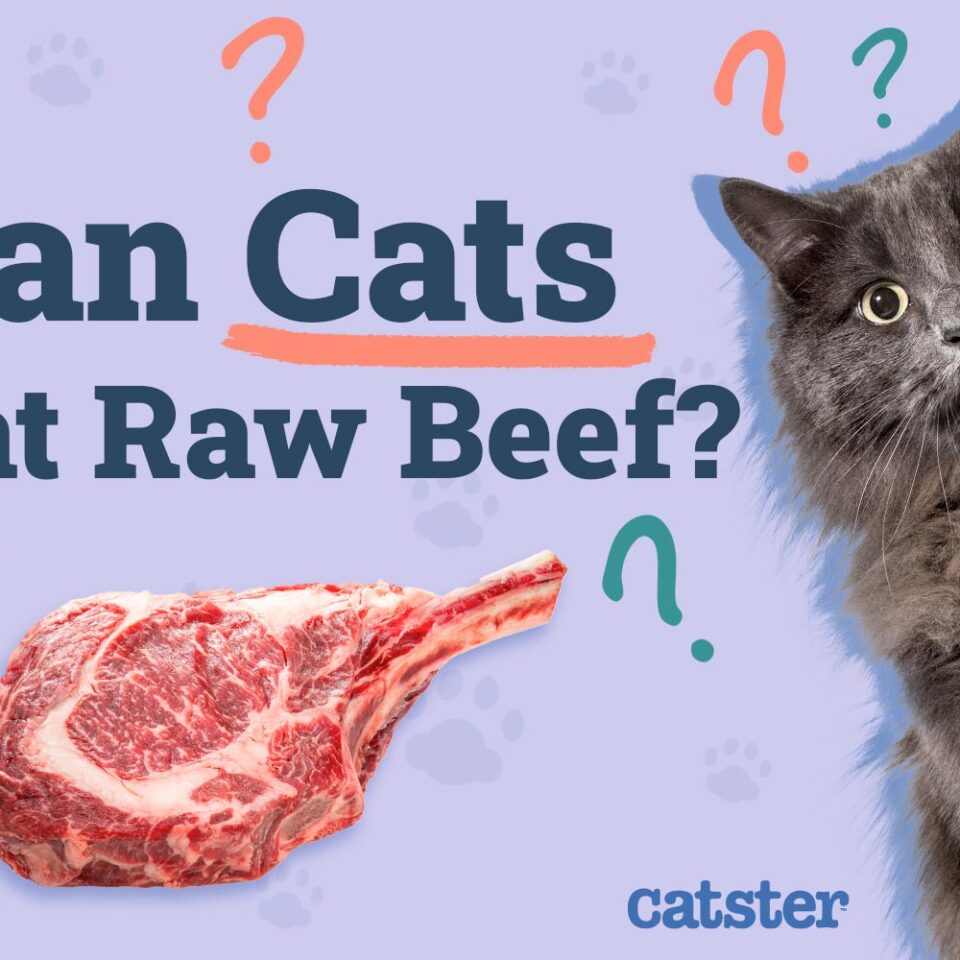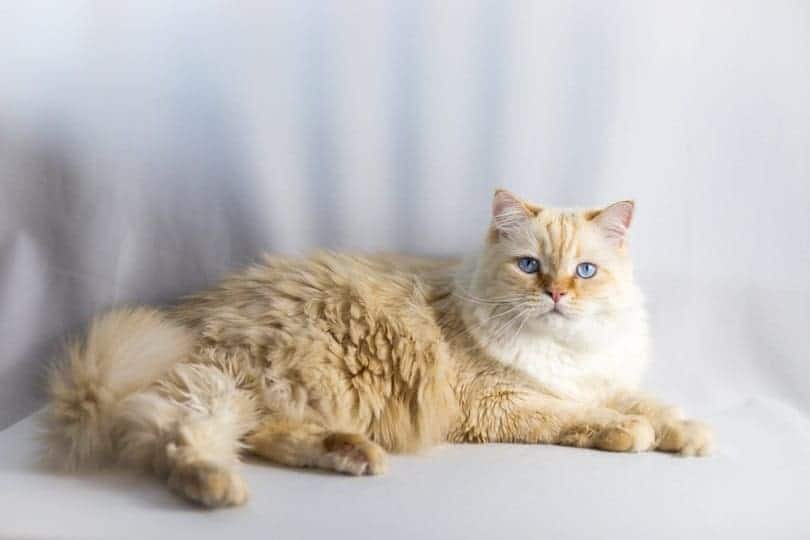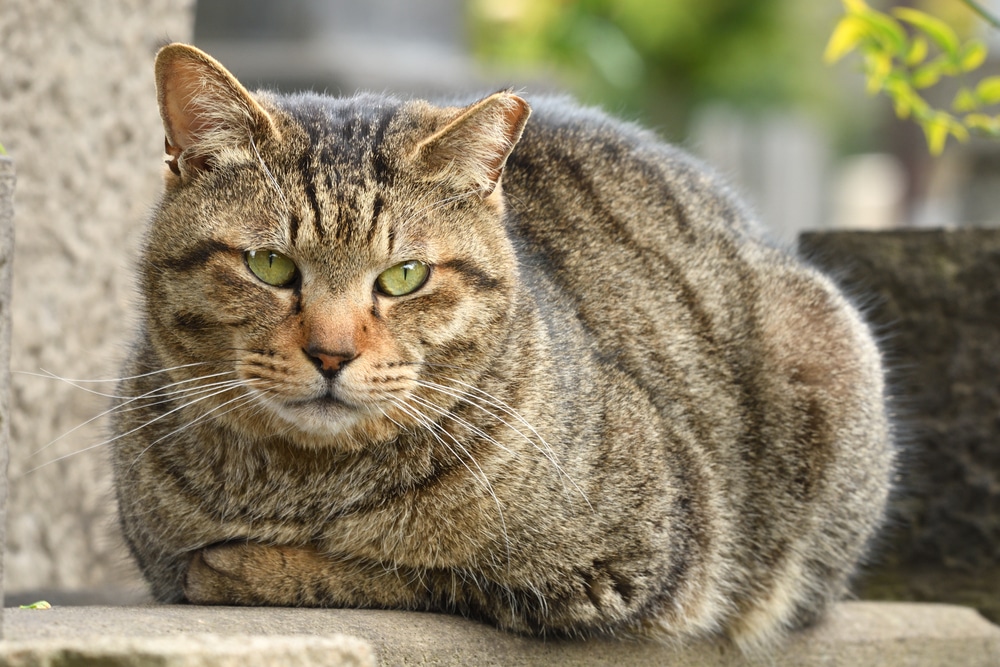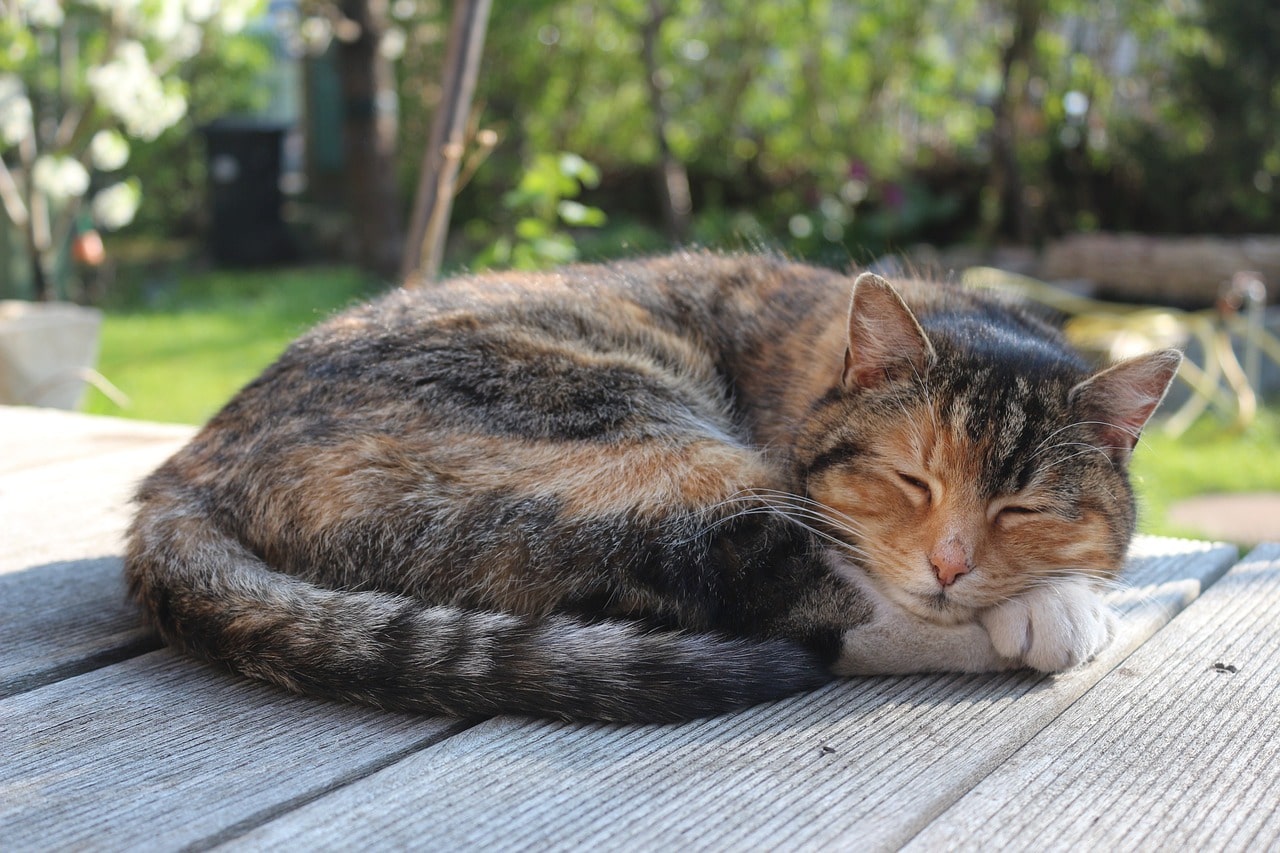Ever wondered if tossing some raw beef to your feline is a good idea? Read on as we explore the pros and cons of feeding raw beef to your cats.
- Cats are obligate carnivores, meaning they thrive on animal protein, making beef a natural choice in their diet.
- While raw beef can be beneficial, offering nutrients that support overall health, it’s not without its risks, including potential safety and nutritional concerns.
- Owners report that a raw beef diet can enhance coat health, boost energy, and improve digestion, though scientific evidence is still developing.
- Ultimately, feeding raw beef to cats requires careful consideration and consultation with a vet to ensure safety and nutritional adequacy.
Cats are natural hunters, designed to process meat efficiently with their specialized digestive system. Their diet, high in protein, is crucial for their health, which naturally includes animal-based meat. Beef, in particular, fits the bill with its high protein content. When sourced right, raw beef can be a safe addition to their diet, aligning with the dietary needs of obligate carnivores.
Raw beef brings several potential benefits to the table. It’s seen as a more natural diet option by many pet owners, aligning closer to what wild cats consume. Moreover, some studies suggest that raw diets can be more digestible, leading to less waste and potentially healthier, more energetic cats. Anecdotal evidence also points to improvements in coat shine and elimination of bad breath, making it appealing to many.
However, feeding raw beef isn’t without its drawbacks. The primary concern is safety—the threat of pathogens like Salmonella is real and can affect both cats and their owners. Health risks, such as choking hazards from bones and potential nutritional imbalances, also exist. Furthermore, ensuring a complete diet with raw beef can be challenging, especially as homemade recipes might lack essential nutrients.
Some owners feel a raw diet is safer due to past recalls of commercial pet foods, yet experts stress the importance of consulting a veterinarian. Generally, if you decide to introduce raw beef, start slowly. A small piece as a treat will reveal how well your cat handles it. Moreover, always source beef from reputable suppliers and stay updated on any product recalls to avoid risks.
Other parts of beef, like organs, can be safe if fed correctly. While liver is nutritious, offering it sparingly is crucial to avoid nutrient imbalances. However, bones should generally be avoided due to the risk of tooth fractures and choking. Bone broth, though, is a safer cooked option and can be included in their diet.
Raw beef can be a safe treat for cats when handled properly, but always consult a vet first.










